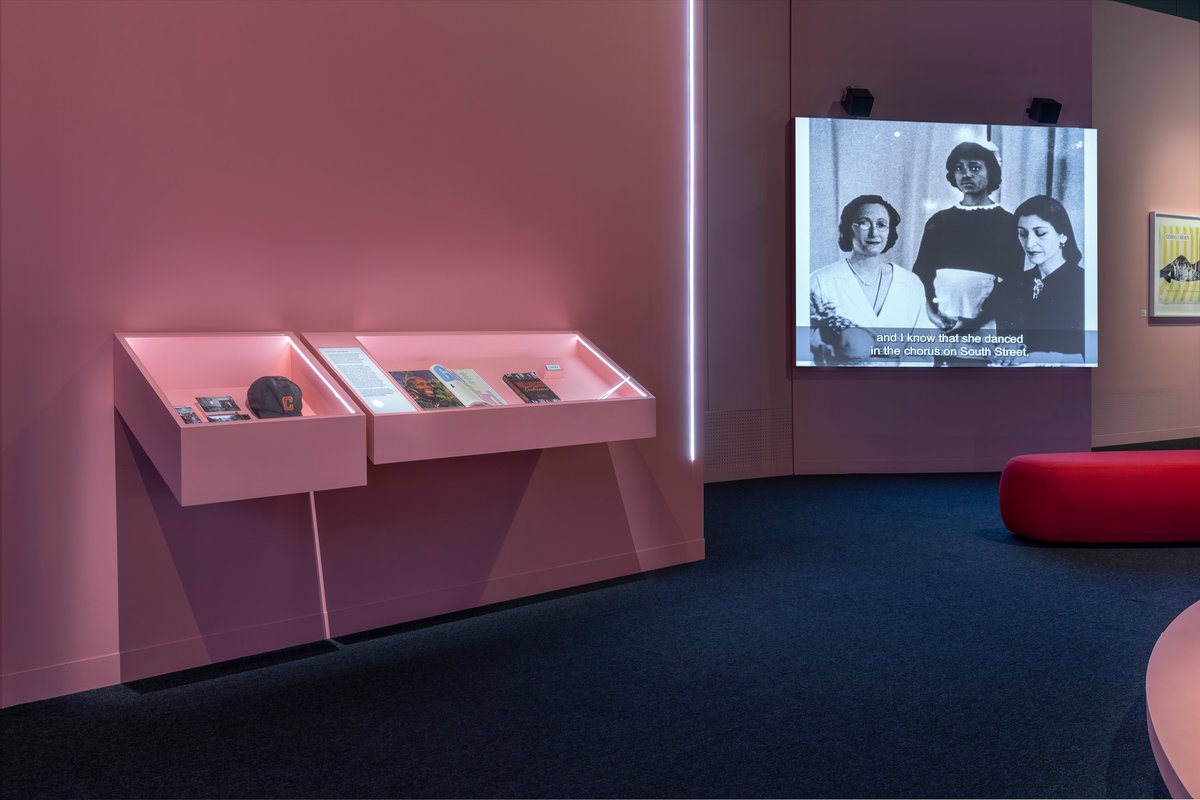The closing credits of The Watermelon Woman (1996) tell the audience that “Sometimes you have to create your own history”. Forced to do just that, director Cheryl Dunye plays a fictionalised version of herself in this landmark New Queer Cinema film, the first feature directed by a self-identified Black lesbian.
Dunye stars as ‘Cheryl’, a Black lesbian filmmaker living in 1990s Philadelphia. While working in a video store alongside her friend Tamara, Cheryl discovers a 1930s Black actor credited only as ‘The Watermelon Woman’ for her ‘mammy’ roles. She decides to make a documentary to uncover who the watermelon woman really was – eventually discovering that she was a lesbian named Fae Richards. Because there’s a lack of information about Black lesbians in film history, Dunye has to write her own story, The Watermelon Woman, which blurs the line between documentary, fiction and reality. As you can see from the cover of Hollywood Lesbians, even queer film history has overlooked women of colour.
By creating her own history, Dunye corrects the past and makes space for Black lesbians in the future of cinema, paving the way for a new generation of younger filmmakers like Dee Rees and Lena Waithe to emerge.
Watermelon women, mammies and maids
The ‘watermelon woman’ that Cheryl Dunye seeks to uncover in The Watermelon Woman represents the kind of roles that Dorothy Dandridge refused. From the 1930s to the late 1950s, most roles for Black stars were as maids or ‘mammies’. Though Hattie McDaniel became the first Black actor to win an Oscar for her role as Mammy in Gone with the Wind (1939), these roles reinforced stereotypes of Black servitude and the actors who played them were largely forgotten. Halle Berry dedicating her Oscar to these “nameless, faceless women of colour” acknowledges their erasure from cinema history.
Related works
Content notification
Our collection comprises over 40,000 moving image works, acquired and catalogued between the 1940s and early 2000s. As a result, some items may reflect outdated, offensive and possibly harmful views and opinions. ACMI is working to identify and redress such usages.
Learn more about our collection and our collection policy here. If you come across harmful content on our website that you would like to report, let us know.
Collection
Not in ACMI's collection
Previously on display
1 October 2023
Australian Centre for the Moving Image
Collection metadata
ACMI Identifier
193585
Curatorial section
Goddess → Crafting the ideal → Watermelon Woman
